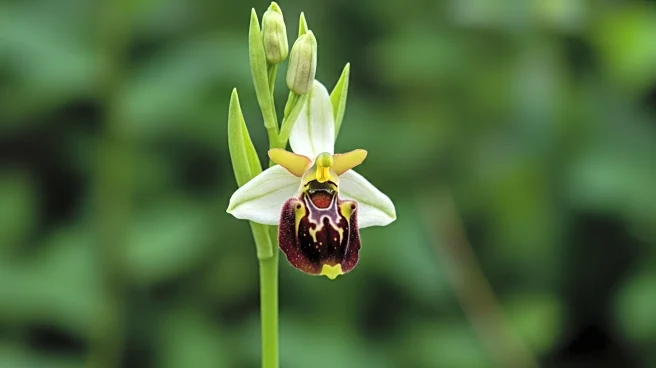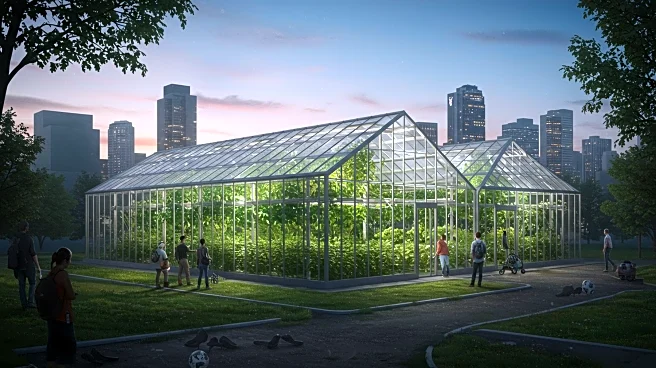What's Happening?
Recent research highlights the critical need to incorporate genetic diversity into ecological restoration efforts. The Global Forest Watch reports a significant net change in tree cover and carbon emissions, underscoring the impact of human activities on biodiversity. The degradation of ecosystems, such as seagrass beds, could lead to substantial carbon emissions if conservation measures are not implemented. Genetic diversity plays a vital role in disease resistance, species fitness, and long-term survival, especially as climate change alters habitats and species ranges. Despite its importance, genetic diversity is often overlooked in restoration planning and management, with stakeholders lacking clear guidelines on its integration. The absence of established genetic baselines and the costs associated with obtaining and monitoring genetic data further complicate efforts to prioritize genetic diversity in restoration projects.
Why It's Important?
The neglect of genetic diversity in ecological restoration has significant implications for biodiversity conservation. Genetic diversity is essential for the adaptability and resilience of species facing rapid environmental changes. Without prioritizing genetic diversity, restoration efforts may fail to achieve long-term sustainability, potentially leading to increased costs and the need for repeated interventions. The erosion of genetic integrity can result in reduced population sizes and increased vulnerability to diseases and environmental stressors. By emphasizing genetic diversity, restoration projects can enhance the effectiveness of conservation strategies, ensuring the survival and health of ecosystems in the face of climate change and other anthropogenic disturbances.
What's Next?
To address the challenges of integrating genetic diversity into restoration efforts, stakeholders may need to develop clear guidelines and frameworks that prioritize genetic considerations. This could involve establishing genetic baselines and investing in the necessary expertise and resources for ongoing monitoring. Community-led restoration projects may benefit from increased awareness and education on the importance of genetic diversity. Collaborative efforts between governments, conservation organizations, and local communities could facilitate the sharing of knowledge and resources, promoting more effective and sustainable restoration practices.
Beyond the Headlines
The focus on genetic diversity in ecological restoration highlights broader ethical and cultural dimensions of conservation. It raises questions about the value placed on different aspects of biodiversity and the long-term vision for ecosystem health. The integration of genetic diversity into restoration efforts may also influence policy decisions and funding allocations, potentially shifting priorities towards more comprehensive and scientifically informed approaches to conservation.












